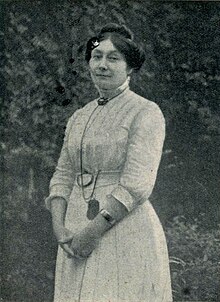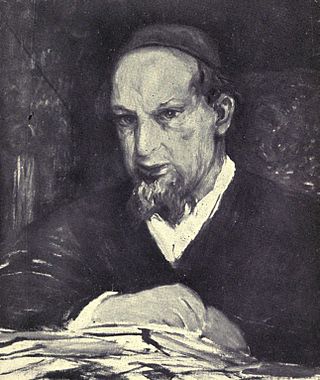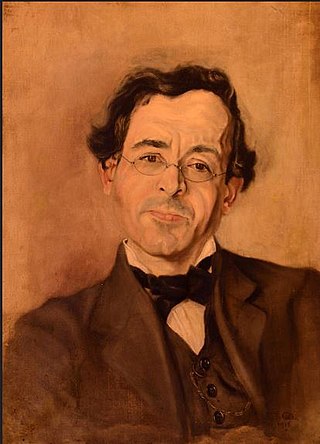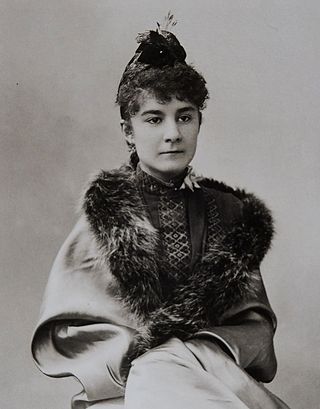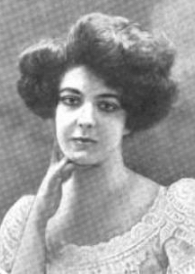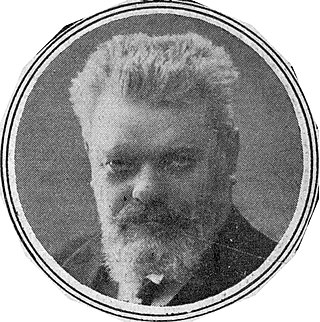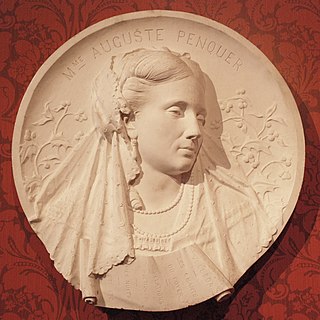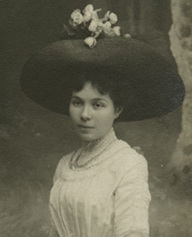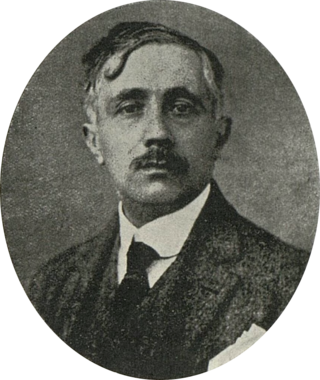Marie Dauguet | |
|---|---|
 Marie Dauguet circa 1910. | |
| Born | Julie Marie Aubert April 2, 1860 |
| Died | September 10, 1942 (aged 82) Ville-d'Avray (Seine-et-Oise, France) |
| Occupation | Poet |
| Notable work |
|
| Movement | Symbolism, Naturism |
| Awards | Archon-Despérouses Award |
Marie Dauguet, born Julie Marie Aubert (April 2, 1860, in Aillevillers-et-Lyaumont - September 10, 1942, in Ville-d'Avray) was a French poet.
Contents
- Biography
- Youth and first poems (1860-1902)
- Success (1902-1914)
- Oblivion (1914-1942)
- Personal life
- Posterity
- Insights on the work
- Themes
- Style
- Works
- See also
- Notes
- References
- Bibliography
Her first collection, À travers le voile, was published in 1902 and noticed by Stuart Merrill, who compared the poetess to Verlaine and highlighted her as one of the leading figures of the Belle Époque poetic revival, along with Lucie Delarue-Mardrus and Anna de Noailles. After publishing poems in several literary journals, Dauguet published Par l'Amour in 1904, which won the Archon-Despérouses Award in 1905. Its preface, written by Remy de Gourmont, forged his image as a "nature poet", an image later cultivated by critics.
For about a decade, despite living away from Paris, Dauguet was a major figure on the literary scene, and featured in several anthologies. Enjoying a certain popularity, she was also disparaged for her use of free verse and patois words. After Clartés (1907), which demonstrated her desire to appear as a literate woman, in contrast to the "peasant poet" image held by critics, her collections Les Pastorales (1909) and L'Essor victorieux (1911) oscillated between paganism and eroticism. Having benefited from the enthusiasm for "women's poetry" at the turn of the century, her success declined as critics lost interest in women poets. Overshadowed by the success of other figures to whom she is often compared, such as Delarue-Mardrus and Anna de Noailles, she published two more collections, Ce n'est rien, c'est la Vie in 1924 and Passions in 1938, in which the early love of life gives way to disappointment and melancholy. Now largely forgotten, she is the subject of a few rare studies.
Sometimes associated with symbolism, sometimes with literary naturism, a movement advocating simplicity and love of nature, Dauguet herself rejects any affiliation with a particular school of thought. Her themes and way of life bring her closer to Francis Jammes, whom she admits to admiring but denies imitating. Her evocations of nature reveal a pantheistic vision of the world, which she sees as a whole. Throughout her collections, she personifies nature as a lover, using overtly sensual metaphors from Les Pastorales onwards. One of the most characteristic features of her poetry is her use of "odoral" images, a term coined for her by Remy de Gourmont and regularly used thereafter to describe the precision with which she evokes the scents of nature.
